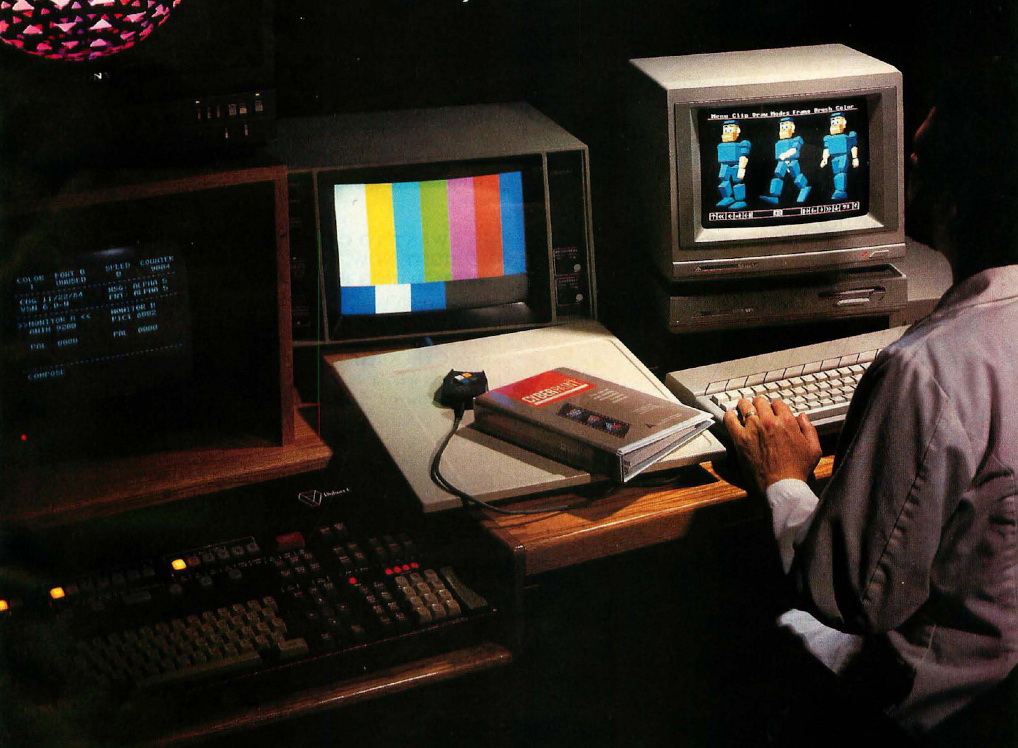Weekly Science Picks

New Sunday, new editor’s selection stories. This week brought the spring to the Southern Hemisphere and the fall to the Northern Hemisphere. It also encouraged us with a lot of new research efforts, studies and discoveries. Right now we would like to present you how the spacecraft of the future would appear, how beautiful Australia’s nature is, why we should believe in an artificial intelligence and much more. So, let’s begin our journey!
What the inside of a spaceship might really look like
The starship Enterprise has got to be one of the most beautiful fictional spacecraft ever created. But imagine beaming aboard (and I bet many BBC Future readers have) and living there. At first the pristine corridors, groovy minimalist furniture, view screens and food replicators would seem impossibly exciting.
‘Gravitational waves’ may have been space dust
Researchers at Harvard University called a press conference in March to reveal that they had spotted the cosmic signature of ripples in space left over from the spectacular expansion of the early universe. The dramatic claim was hailed as one of the most important scientific discoveries of the century and promised a new era of physics.
Mining and biodiversity: are they getting along?
The greatest threats to biodiversity from mining come from the cumulative impacts of the infrastructure required for mining operations—roads, ports, pipelines, shipping etc. Science can help to assess any potential implications for biodiversity from mining development so that impacts can be better managed and rehabilitation and offsetting efforts can be more effective.
Artificial intelligence that imitates children’s learning
The computer programs used in the field of artificial intelligence (AI) are highly specialized. They can for example fly airplanes, play chess or assemble cars in controlled industrial environments. Scientists have now created an AI program that can learn how to solve problems in many different areas. The program is designed to imitate certain aspects of children’s cognitive development.
Hope you have enjoyed this weekly review as we did. Until the next meeting, please stay thirsty and scientifically driven.
 Follow
Follow